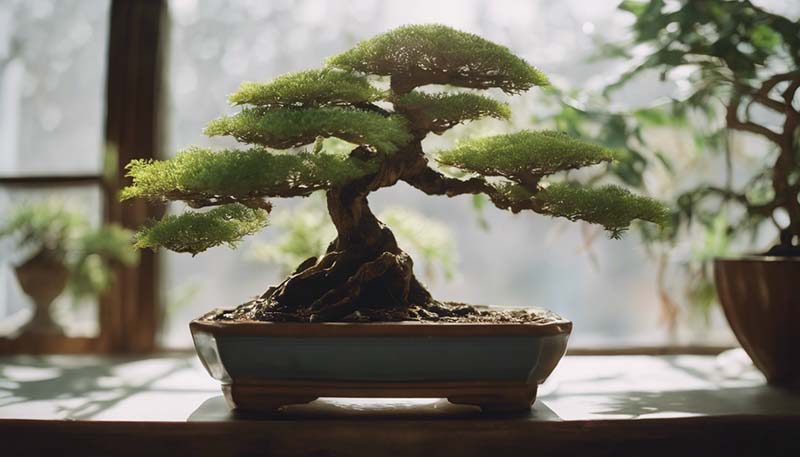Introduction to Bonsai
Bonsai is an ancient art form that originated in China and was later developed in Japan. It involves growing small trees in pots, with the aim of replicating the appearance of mature, aged trees in a miniature form. The art of bonsai requires a combination of aesthetics, horticultural knowledge, and dedication to maintain the health and beauty of the trees.
The History of Bonsai
The practice of bonsai dates back to the Chinese Tang Dynasty (618–907 AD). It was initially a part of the larger Buddhist culture, where the cultivation of miniature landscapes was seen as a form of meditation and a way to connect with nature. The art later spread to Japan, where it was refined and became a symbol of patience, harmony, and spiritual tranquility.
Advertisement
Choosing the Right Bonsai Tree
When starting with bonsai, it's essential to choose the right tree species for your environment. Some popular choices for beginners include Juniper, Ficus, and Jade plants. Consider factors such as the tree's size, growth rate, and care requirements when making your selection.
Bonsai Tools and Supplies
Proper tools and supplies are crucial for the care and maintenance of bonsai trees. Some essential items include:
- Bonsai pot
- Bonsai wire
- Pruning scissors
- Watering can
- Chamois cloth
- Bonsai soil mix
- Fertilizer
Bonsai Techniques
1. Watering
Proper watering is vital for the health of your bonsai tree. Water when the soil is slightly dry, ensuring that the water drains out of the pot. Overwatering can lead to root rot, while underwatering can cause the tree to become dehydrated.
2. Pruning
Pruning is used to maintain the desired shape and size of your bonsai. Regular pruning encourages new growth and prevents the tree from becoming too large for its pot. Use sharp, clean pruning tools to make clean cuts without damaging the tree.
3. Wiring
Wiring is a technique used to shape and train the branches of your bonsai tree. It involves wrapping the branches with copper or aluminum wire and bending them into the desired position. Be careful not to damage the bark or restrict the growth of the tree.
4. Repotting
Bonsai trees need to be repotted every few years to ensure they have enough space to grow. This process should be done carefully to avoid damaging the roots. Choose a well-draining bonsai soil mix and a slightly larger pot for the repotting process.

5. Pest Control
Bonsai trees can be susceptible to pests such as aphids, spider mites, and scale insects. Regularly inspect your tree for signs of infestation and treat with appropriate insecticides or organic remedies if necessary.
Creating a Bonsai Display
A well-crafted bonsai display can enhance the beauty of your indoor garden. Consider the following elements when designing your display:
- Aesthetic balance
- Proper lighting
- Complementary accessories
- Placement in a suitable location
Conclusion
Bonsai is a rewarding and therapeutic hobby that allows you to connect with nature and develop a deep appreciation for the art of gardening. By mastering the techniques and dedicating time and care to your trees, you can create a beautiful and serene indoor garden that brings tranquility and joy to your daily life.
Comment